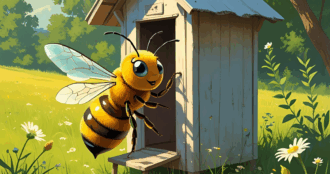
A Closer Look
Honey Bee Digestive/ Excretory System Functions By: Clarence Collison “The worker honey bee ingests 4 substances: nectar, honeydew, pollen and water (Morse and Hooper,…
Read More
Honey Bee Digestive/ Excretory System Functions By: Clarence Collison “The worker honey bee ingests 4 substances: nectar, honeydew, pollen and water (Morse and Hooper,…
Read More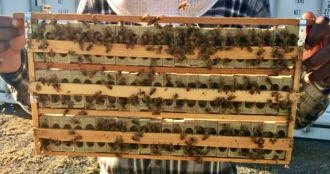
Queen Banks By: Clarence Collison Queen banking is the storage of queens individually in cages and placed in a colony to be cared for…
Read More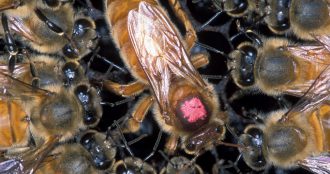
Nestmate Recognition By: Clarence Collison Pheromones are involved in intraspecific chemical communication; however, the glands associated with compounds used in nestmate recognition in honey…
Read More
Immunity Mechanisms and Immunosenescence By: Clarence Collison “Honey bees face many important parasites and pathogens against which they have evolved behavioral, morphological, physiological and…
Read More
Pollen Collection and the Corbiculae By: Clarence Collison Pollen is the main source of protein in a honey bee’s diet and the primary food…
Read More
Minor Pests of Bees By: Clarence Collison Bee Louse – The bee louse, Braula coeca Nitzch is a wingless fly that lives as a…
Read More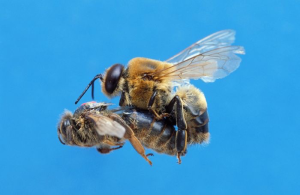
Queen/Drone Mating By: Clarence Collison There are many environmental conditions that are required for mating flight activity. Temperature and weather are the most important…
Read More
Tropilaelaps Mites By: Clarence Collison A potential future threat of the western honey bee (Apis mellifera) in North America are the parasitic mites in the…
Read More
By: Clarence Collison Pollen Micronutrients Carbohydrates, proteins, lipids, vitamins and minerals available to honey bees are factors responsible for the amount of progeny produced,…
Read More
Russian Honey Bees By: Clarence Collison The staff of the USDA, Honey Bee Breeding, Genetics and Physiology lab visited the Primorsky Territory on the…
Read More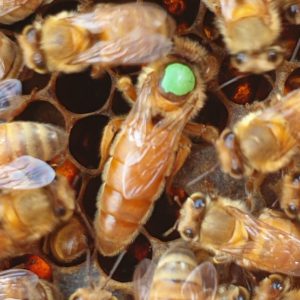
Honey Bee Races By: Clarence Collison The native range of the honey bee includes the varied habitats of Europe, Africa and the Middle East,…
Read More
Honey Bee Viruses By: Clarence Collison Viruses are obligate intracellular infectious agents that rely on their host machinery for multiplication (i.e., transcription, translation and…
Read More
Requeening By: Clarence Collison The honey bee queen, mother of all individuals in the colony, determines the inherited characteristics of the colony. Periodic replacement…
Read More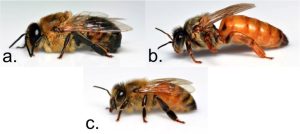
Clarence Collison Caste Determination The capacity of the honey bee to produce three phenotypically distinct organisms (two female castes; queens and sterile workers, and…
Read More
Queen Development and Traits Clarence Collison One of the most widely used biomarkers of queen health is brood pattern—defined as the shape left by…
Read More
Division of Labor Individual workers perform different tasks at different ages Clarence Collison Colony life is organized by a complex and sophisticated division of…
Read More
Honey Bee Environmental Monitoring Clarence Collison Human Activities Produce Contaminants Human activities produce contaminants, the amounts and toxicity of which often exceed the environment’s…
Read More
Oxalic Acid Varroa Mite Control Numerous studies have investigated using oxalic acid to control Varroa mites Clarence Collison In order to get a potential…
Read More
Clarence Collison Queen Pheromones Honey bee queens produce a sophisticated array of chemical signals Honey bee queens produce a sophisticated array of chemical signals…
Read More
Robbing Behavior Honey bee robbing behavior may take two different forms Clarence Collison Honey bee robbing behavior may take two different forms: stealing honey…
Read More